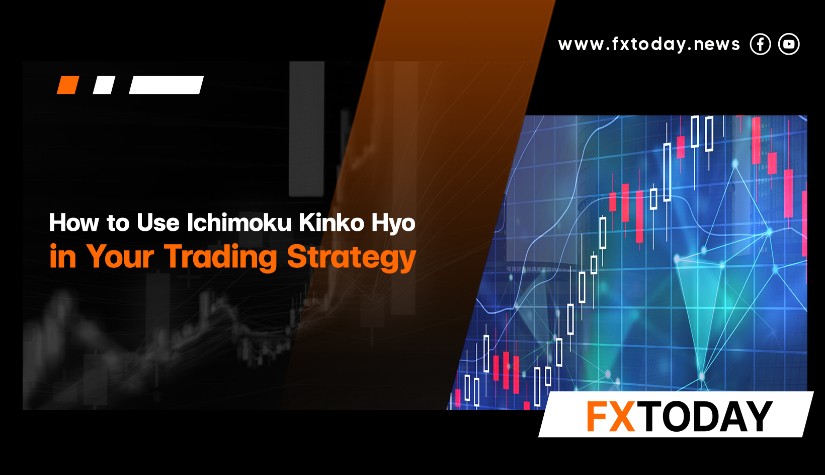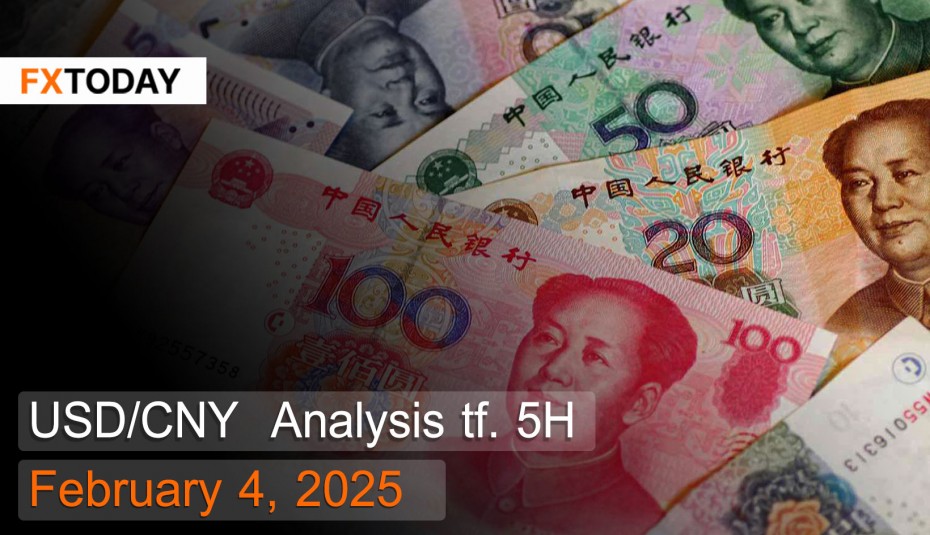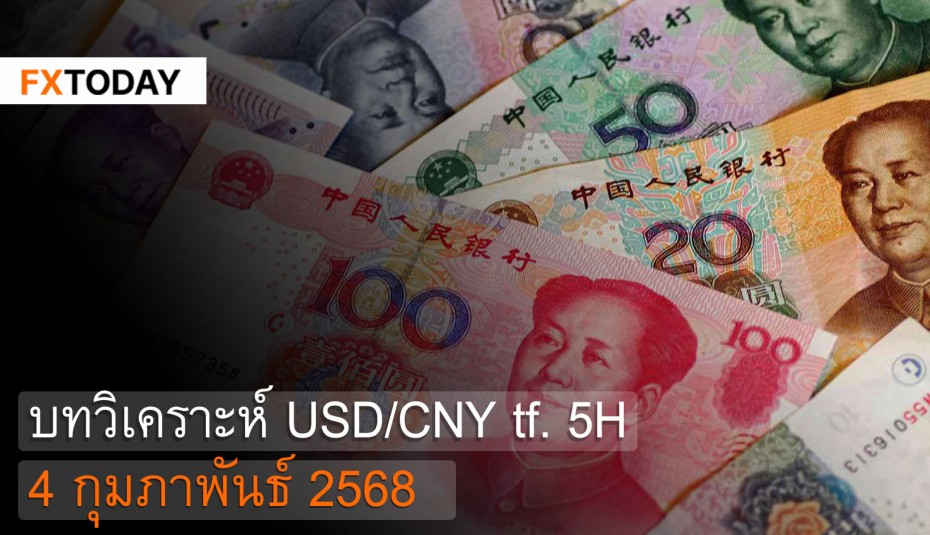Ichimoku Kinko Hyo or Ichimoku is a technical analysis method originating from candlestick charts, devised to improve the accuracy of future price movement predictions. The technique was established by Goichi Hosoda, a Japanese journalist who also went by the alias of Ichimoku Sanjin, which can be translated to ‘a view from the mountain top.' After dedicating 30 years to developing this technique, it was finally shared publicly in 1960.
Ichimoku Kinko Hyo, which translates to 'Balance Chart at a Glance' or 'One Glance Equilibrium Chart,' is rooted in the concept of Clouds, a distinguishing feature of Ichimoku charting. It fundamentally follows trends and uses candlestick charts to perform price action. However, the difference between a Moving Average and an Ichimoku is how the Ichimoku lines form. Ichimoku works out the midpoint of high and low prices instead of closing prices and considers time as a factor, much like the trading concepts of William Delbert Gann.
In the West, Ichimoku is often referred to as a Graphic Environment due to the unavailable of user manuals in other languages like English, German, or Spanish. Regardless, Ichimoku has been successfully combined with different theories, such as Time Theory, Wave Movement Theory, and Target Price Theory, to improve its effectiveness.
Elements of Ichimoku Graphic Environment
Five key components make up the Ichimoku Graphic Environment. Each one is explained below.
1. Tenkan-Sen
The Tenkan-Sen line is calculated by taking the average of the highest high and the lowest low over the past 9 periods and dividing by two. It serves as a signal for trend transformation, while used as a primary trading signal line. Rising or falling movements indicate a market trend, while a flat line signifies a range-bound market.
Image 3: The Tenkan-Sen line, enclosed in a yellow rectangle, serves as the primary level of support. Changes in this line indicate a rapid change in the trend.
2. Kijun-Sen
The Kijun-Sen is the second line calculated by adding the highest high and the lowest low for the last 26 periods and dividing it by two. This line functions as a confirmation point for trading signals, a support or resistance level, and a trailing stop line. Additionally, the Kijun-Sen line provides hints about future price movement. If the price is above the blue line, it might continue ascending, while a price below it could continue to descend.
The Kijun-Sen line is similar to a Moving Average and functions as a signaling line for trades. Decisions about trends should be based on both the Tenkan-Sen and Kijun-Sen lines. To put it simply, an upward trend is indicated when the Tenkan-Sen line is higher than the Kijun-Sen line, while a downward trend is shown when the Tenkan-Sen line is lower. It also acts as an additional support or resistance level during trend modifications.
3. Senkou Span A
The Senkou Span A, or Leading Span A, is obtained by finding the average of Tenkan-Sen and Kijun-Sen and projecting it 26 periods into the future. This line plays a part in constructing the Kumo or Cloud. If the price is higher than the Senkou Span A, it acts as the primary level of support, whereas the lower line acts as the second support level.
4. Senkou Span B
Senkou Span B, or Leading Span B, is calculated from the maximum high and minimum low average from the past 52 periods, projected 26 periods ahead. This line is instrumental in shaping the Kumo or Cloud.
The area between Senkou Span A and Senkou Span B, referred to as the Cloud, serves as the support and resistance levels. A thicker Cloud represents strong support and resistance levels, whereas a thinner Cloud indicates weaker levels.
The Cloud's dimensions fluctuate according to price movements. The heigh Clouds suggest price instability, while a thicker Cloud represents strong support and resistance levels. Conversely, a thinner Cloud suggests weaker support and resistance levels, allowing prices to break through the Cloud pattern.
Image 5: The emphasized Kumo performs two cloud structures in yellow. A declining cloud formation, or Kumo down, is represented in light purple, while a rising cloud formation, or Kumo up, is displayed in brown. In the trading context, it does not define whether it is a Kumo up or a Kumo down.
In a typical market trend, a bullish market environment is initiated when Senkou Span A is higher than Senkou Span B. On the contrary, the market is considered bearish when Senkou Span B is higher than Senkou Span A. Traders frequently anticipate a future reversal when Senkou Span A and B switch positions, indicating a potential trend modification.
5. Chikou Span
The Chikou Span, referred to as the Lagging Span, is computed from the current closing price and is projected backward for 26 days on the chart. It is used to ascertain support and resistance levels. If the Chikou Span, illustrated by the green line, intersects the price from below, it triggers a buying signal. Conversely, if it intersects the price from above, it generates a selling signal.
Utilizing Ichimoku in Trading
Trading via Ichimoku techniques involves coordination with various signals, such as the crossing of the red and blue lines, which indicates the trend direction and the primary levels of support and resistance.
In order to understand the forthcoming trading signals, we need to inspect the cross point of the red and blue lines along with the farthest rectangle to the right in Example 3 to affirm the signal. The Cloud can be leveraged to determine levels of support and resistance, identify when to take profits, and establish Stop-Loss and Take-Profit levels.
For instance, when the price is above the Cloud or the Chikou Span line, it signifies the Take-Profit points, given the Chikou Span line to enclose to the previous prices. If the Chikou Span line is positioned above the Cloud, it indicates a requirement to spot the Take-Profit points since the price stands at a level above the Cloud.
Conclusion
Ichimoku Kinko Hyo serves as a thorough analytical tool that collaborates with multiple elements. It facilitates detecting trends, ascertaining support and resistance levels, and discovering potential trading strategies. Traders can adapt it to different time frames, rendering it adaptable to multiple trading styles. Thus, by providing a transparent signal, it can assist traders in making more informed trading decisions.
______________________________
Maximize your knowledge: Blog
Keep up to date on global events: News
















